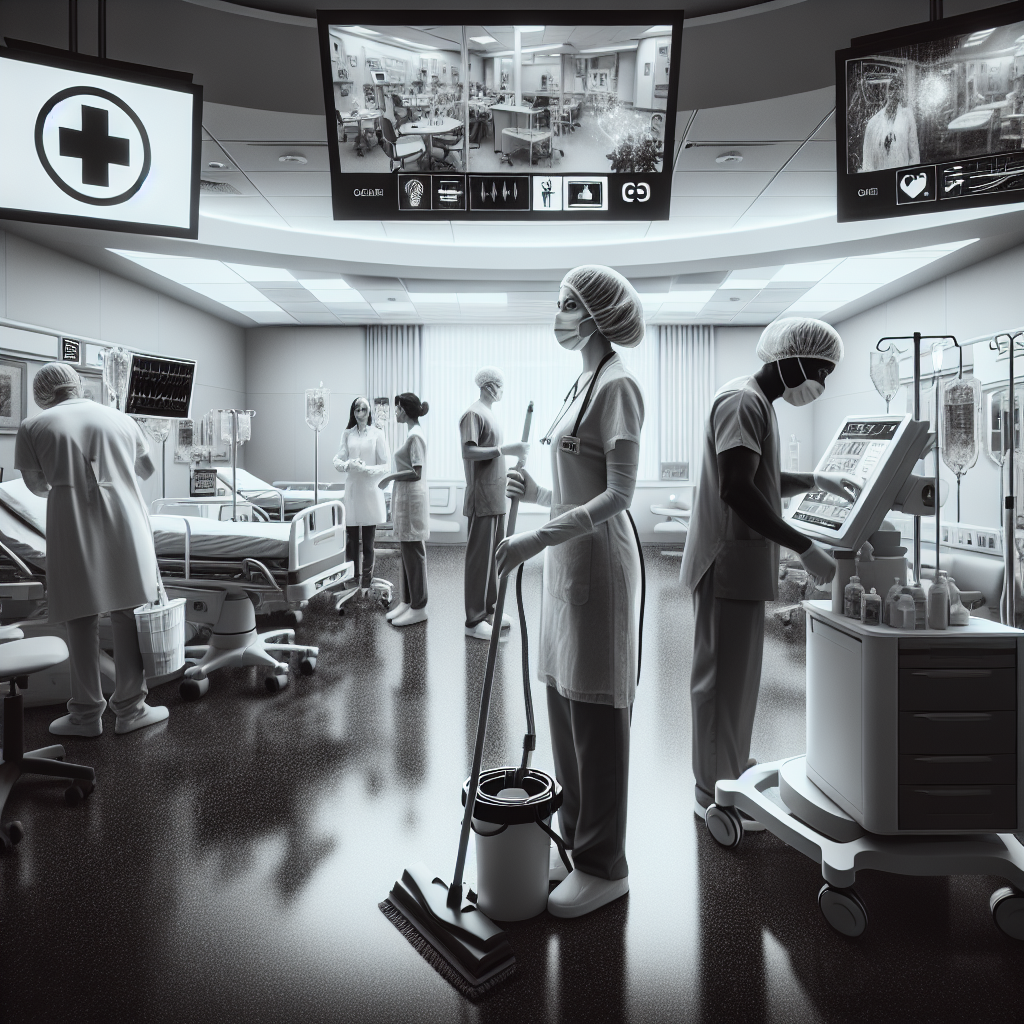Discover essential strategies and techniques for effective infection control in healthcare facilities to safeguard patients, staff, and visitors. Learn the importance of maintaining a clean environment to prevent healthcare-associated infections (HAIs) and promote healing and safety. By implementing rigorous infection control protocols, you can significantly reduce pathogen transmission within healthcare settings. Key strategies include promoting regular hand hygiene, ensuring thorough environmental cleaning, practicing proper waste management, and emphasizing the use of personal protective equipment (PPE). Mastering these practices is crucial for creating a safe and healthy environment where infections are minimized, and everyone is protected.
Healthcare facilities face unique challenges when it comes to infection control. Maintaining a clean and sanitary environment is crucial to prevent the spread of infections among patients, staff, and visitors. In this guide, we will explore effective strategies and techniques to tackle infection control challenges in healthcare settings.
Understanding the Importance of Infection Control
Infection control is paramount in healthcare facilities to ensure the well-being of everyone on the premises. Proper infection control measures help reduce the risk of healthcare-associated infections (HAIs) and create a safe environment for patients to heal and for staff to work.
Tip: Implementing stringent infection control protocols can significantly reduce the transmission of pathogens in healthcare facilities.
Key Strategies for Effective Infection Control
- Regular Hand Hygiene: Encourage frequent handwashing among staff, patients, and visitors to prevent the spread of infections.
- Environmental Cleaning: Maintain clean and disinfected surfaces to eliminate pathogens that can cause infections.
- Proper Waste Management: Dispose of medical waste safely to prevent contamination and infection spread.
- Personal Protective Equipment (PPE): Ensure that staff use appropriate PPE to protect themselves and others from infections.
"Effective infection control is a shared responsibility that requires commitment from all stakeholders in a healthcare facility."
Advanced Cleaning Techniques for Infection Control
In addition to regular cleaning practices, implementing advanced techniques can further enhance infection control in healthcare facilities.
Tip: Consider using ultraviolet (UV) light disinfection systems to kill pathogens on surfaces and in the air.
Electrostatic sprayers are another innovative tool that can help disinfect large areas quickly and effectively. These sprayers apply a charged solution that wraps around and clings to surfaces, providing thorough coverage and killing harmful microorganisms.
Importance of Training and Education
Proper training and education are essential components of effective infection control in healthcare facilities. Staff members should be well-versed in infection control protocols, cleaning techniques, and the proper use of disinfectants to ensure a safe and hygienic environment.
Tip: Conduct regular training sessions to update staff on the latest infection control guidelines and best practices.
Collaboration and Communication
Collaboration among different departments within a healthcare facility is key to maintaining a unified approach to infection control. Effective communication ensures that everyone is on the same page regarding protocols, cleaning schedules, and any emerging infection risks.
Tip: Establish clear channels of communication to facilitate the sharing of information and updates related to infection control.
Monitoring and Evaluation
Regular monitoring and evaluation of infection control practices are essential to identify areas for improvement and ensure compliance with established protocols. By tracking infection rates, conducting audits, and soliciting feedback from staff, healthcare facilities can continuously enhance their infection control measures.
Tip: Use data-driven approaches to monitor infection trends and implement targeted interventions where needed.
Infection control in healthcare facilities demands a proactive and comprehensive approach to safeguard the health and well-being of everyone involved. By implementing effective strategies, advanced cleaning techniques, and prioritizing training and communication, healthcare facilities can effectively address infection control challenges and create a safe environment for all. Stay informed, stay vigilant, and prioritize infection control to promote a healthier and safer healthcare setting.



